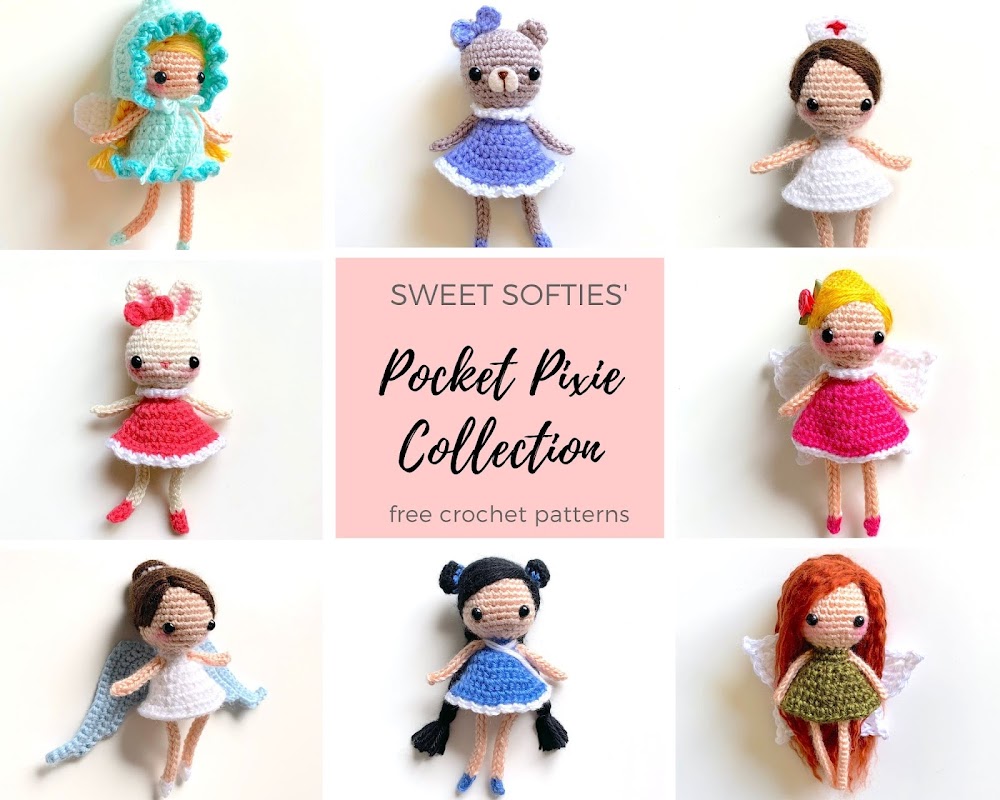When choosing phonics book sets for beginners, several key factors must be considered to ensure the learning experience is effective and enjoyable. Phonics, which involves linking sounds with symbols in an alphabet-based writing system, is a fundamental cornerstone for young learners as they develop their reading and writing skills. Here are some essential aspects to remember when selecting these books, as these help beginners to decode phonics book set.
1. Level of Difficulty
One of the primary considerations when purchasing these books for beginners is the difficulty level. Beginner phonics books should start with superficial, easy-to-understand letter-sound relationships and gradually progress to more complex concepts. Assessing the child's reading level and choosing books that align with their current skills is essential for providing appropriate challenges without overwhelming them. It's crucial to balance offering enough challenge to foster growth and avoiding frustration that could hinder progress. Additionally, considering the child's interests and incorporating books with themes or topics they enjoy can further enhance their engagement and motivation to learn.2. Systematic Phonics Instruction
Effective phonics instruction follows a systematic approach, introducing letter-sound relationships in a logical sequence. When selecting these sets, look for ones that follow a structured phonics program, with each book building upon the skills introduced in previous titles. This systematic approach helps children develop a strong phonics and reading comprehension foundation. Furthermore, ensuring coherence between the phonics instruction provided in the books and any phonics curriculum being used in the classroom can reinforce learning and support continuity in skill development.3. Engaging Content
Engaging content keeps young learners motivated and interested in phonics instruction. Look for books that feature colorful illustrations, engaging stories, and relatable characters. Books with themes and topics that resonate with children's interests can make the learning experience more enjoyable and encourage active participation. Additionally, incorporating interactive elements such as questions for discussion or activities related to the story can further enhance engagement and deepen comprehension skills.4. Decodable Text
Decodable text refers to text that contains only words with letter-sound relationships that have been explicitly taught. When selecting phonics book sets for beginners, give preference to those featuring decodable text, as they enable children to put their phonics skills into practice while reading. Decodable books help reinforce phonics concepts and build confidence in early readers. Moreover, selecting books with a gradual increase in complexity of decodable words allows children to practice and strengthen their phonics skills at a pace that matches their development.5. Variety of Phonics Patterns
Phonics instruction encompasses the teaching of diverse letter-sound relationships, encompassing both short and long vowel sounds, consonant blends, digraphs, and an array of other phonetic elements. A comprehensive phonics book set should cover a wide range of phonics patterns, allowing children to practice decoding different types of words. Look for sets that include books focusing on specific phonics patterns, ensuring a well-rounded approach to phonics instruction. Additionally, incorporating opportunities for children to apply phonics skills in different contexts, such as through rhyming activities or word games, can reinforce learning and deepen understanding of phonics patterns.6. Audio Support
Some phonics book sets include audio support, such as audio recordings of the text or accompanying audio resources. Audio support can be beneficial for beginner readers, as it provides additional reinforcement of phonics skills and helps improve fluency and pronunciation. Consider whether audio backing would benefit the learning experience when selecting phonics book sets. Moreover, engaging children in listening exercises where they simultaneously follow along with the audio while reading the text independently can enhance their ability to discern sounds and bolster their confidence in reading.7. Teacher or Parent Resources
For educators and parents guiding phonics instruction, phonics book sets that include teacher or parent resources can be invaluable. These resources may include lesson plans, activity ideas, assessment tools, and guidance on supporting phonics learning at home or in the classroom. Choose phonics book sets that provide comprehensive support for educators and parents to facilitate effective phonics instruction. Additionally, involving parents in their child's phonics learning journey by offering tips for supporting reading development at home can foster collaboration between home and school and further enrich the child's learning experience.Careful consideration of these factors is paramount for beginners as they help them to decode the phonics book set. Embarking on the journey of selecting phonics book sets. By meticulously examining these aspects, educators and parents can ensure that they choose high-quality phonics book sets that cater to their young learners' specific needs and abilities. This thoughtful approach fosters the development of essential phonics skills and establishes a robust foundation for future reading success, setting the stage for a lifelong love of learning.






.jpg)




.jpg)

